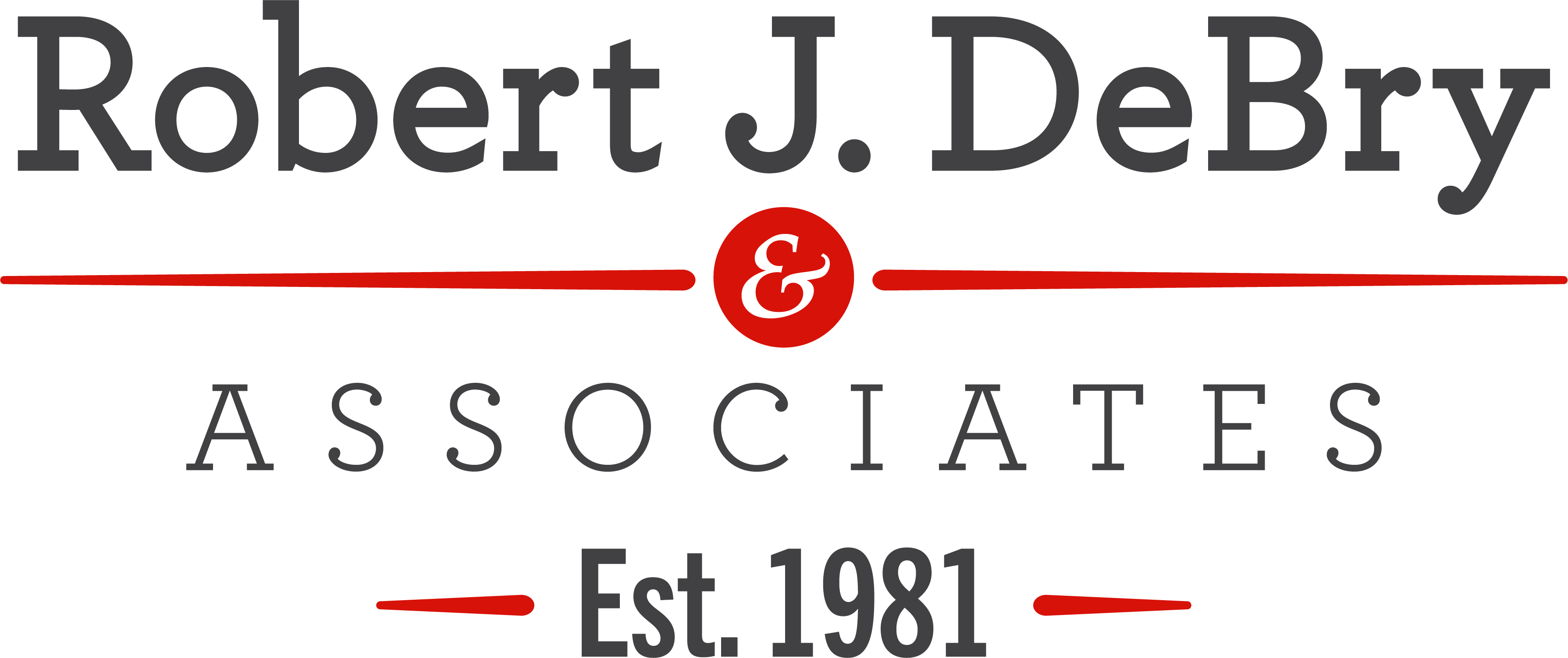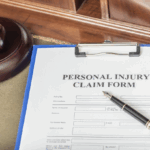Artificial intelligence isn’t just something you see in sci-fi movies anymore. It’s in self-driving cars, medical devices, workplace robots, and even the chatbots you use when you call customer service. AI is making decisions in hospitals, factories, offices, and homes.
While this technology can be helpful, it can also make mistakes. And when AI makes the wrong decision, people can get hurt. That’s where an artificial intelligence lawyer comes in. If you’ve been injured because of an AI-powered device or system, you may have the right to take legal action and get the compensation you deserve.
Let’s break down what counts as “AI” in a legal case, what kinds of accidents can happen, and how a personal injury attorney in Utah can help you hold the right parties responsible.
What Does “Artificial Intelligence Lawyer” Mean?
An artificial intelligence lawyer is not a robot in a suit. It’s a real attorney who understands both personal injury law and the way AI technology works. This matters because AI-related injury cases can be more complicated than typical accidents. You aren’t just dealing with another driver or a property owner. You might be facing a large tech company, a car manufacturer, or a medical device developer.
AI-related cases often involve digging into algorithms, software design, and massive amounts of digital evidence. You need a lawyer who knows how to investigate these systems and can explain technical issues in a way that makes sense to a judge or jury.
How AI Is Involved in Personal Injury Cases
AI is being used in more ways than most people realize. Here are some of the most common ways it can be connected to an injury claim.
-
Chatbots and Virtual Assistants
AI-powered chatbots are being used more often in healthcare, finance, and even legal settings to answer questions and provide guidance. The problem is, chatbots can make mistakes or give misleading information. If someone relies on a chatbot’s advice and gets hurt, such as following the wrong medical instructions, questions of liability could arise. These cases may be rare now, but they’re expected to grow as more industries adopt AI-driven customer service.
2. Self-Driving and Semi-Autonomous Vehicles
Utah has seen its share of headlines about self-driving cars and “autopilot” systems making dangerous mistakes. An autonomous car relies on sensors, cameras, and AI algorithms to make split-second driving decisions. When the technology misjudges a situation, like misidentifying a pedestrian or failing to brake in time, the results can be devastating.
The National Highway Traffic Safety Administration (NHTSA) continues to investigate accidents tied to automated driving systems. In these cases, the manufacturer of the self-driving system, the car maker, or even a software provider could be held responsible.
3. AI in Medical Devices
Hospitals and clinics are using AI to read X-rays, monitor patient vitals, and even assist in surgeries. While AI can improve efficiency, it can also produce harmful errors. For example, if an AI diagnostic tool misreads a scan and misses signs of a serious condition, the patient may suffer life-threatening consequences.
In this situation, there could be liability for the device manufacturer, the hospital, or both.
4. AI in Workplace Safety
Factories, warehouses, and construction sites are introducing AI-powered machinery and robotics to handle tasks that are repetitive or dangerous. But if the AI system malfunctions or fails to detect a hazard, workers can be injured. These cases may involve workers’ compensation claims and, in some situations, lawsuits against third-party manufacturers.
The Occupational Safety and Health Administration (OSHA) sets safety standards for workplaces, but AI brings new risks that may not be fully covered under existing regulations. These cases may involve workers’ compensation claims and, in some situations, lawsuits against third-party manufacturers.
5. AI-Powered Consumer Products
It’s not only big industrial machines that can cause harm. Home devices like AI-powered cleaning robots, lawnmowers, and even “smart” exercise equipment can malfunction and injure people. These cases can involve product liability claims against the companies that designed or sold the defective product.
Challenges in AI-Related Lawsuits
Suing over an injury caused by artificial intelligence is not the same as a traditional personal injury case. Here are some of the unique challenges.
Figuring Out Who’s Responsible
In a car accident involving two drivers, liability is usually between the people behind the wheel. In an AI case, you might be dealing with multiple layers of responsibility. For example, a self-driving car accident could involve:
- The car manufacturer
- The company that made the AI software
- The company that provided the sensors and cameras
- The vehicle’s owner, if they didn’t update or maintain the system properly
An experienced attorney will work to identify every possible liable party so you have the best chance of full compensation.
Utah Laws and AI Injury Cases
While Utah doesn’t yet have laws written specifically for artificial intelligence accidents, existing personal injury and product liability laws still apply. If an AI system or product is defective and causes harm, the company responsible for that defect can be held liable.
In Utah, you generally have four years from the date of the injury to file a personal injury lawsuit. If the case involves a wrongful death claim, the time limit is typically two years. It’s important to speak with a lawyer as soon as possible so they can begin gathering evidence before it disappears.
What to Do If You’re Injured by an AI System
If you think an AI-powered product or system caused your injury, here are steps you can take to protect your rights:
- Get medical help immediately. Your health should always be the first priority.
- Preserve any evidence. Take photos of the scene, the product, or the vehicle involved. Save receipts, manuals, and packaging.
- Avoid making statements to insurance companies before speaking with a lawyer. Anything you say could be used against you later.
- Contact a personal injury attorney who understands AI-related claims. They can start investigating right away.
Contact an Artificial Intelligence Lawyer in Utah Today
Artificial intelligence can make life easier, but when it fails, the results can be life-changing. If you or a loved one has been injured by a self-driving car, a faulty AI medical device, a dangerous workplace robot, or any other AI-powered product in Utah, you have legal rights.
At Robert J. DeBry & Associates, we’re here to protect those rights. We know how to take on tough cases, and we’re ready to stand up to fight for justice.
Contact Robert J. DeBry & Associates today for a free consultation and let’s discuss how we can help you get the compensation you deserve.



